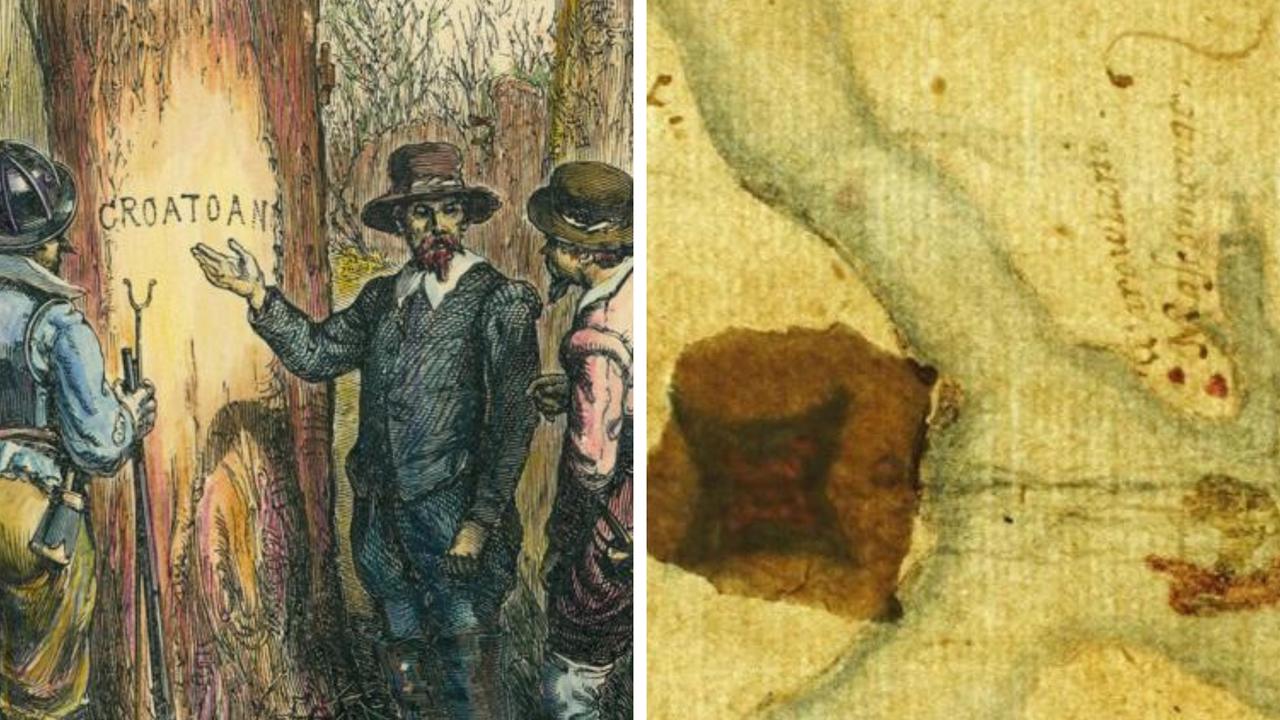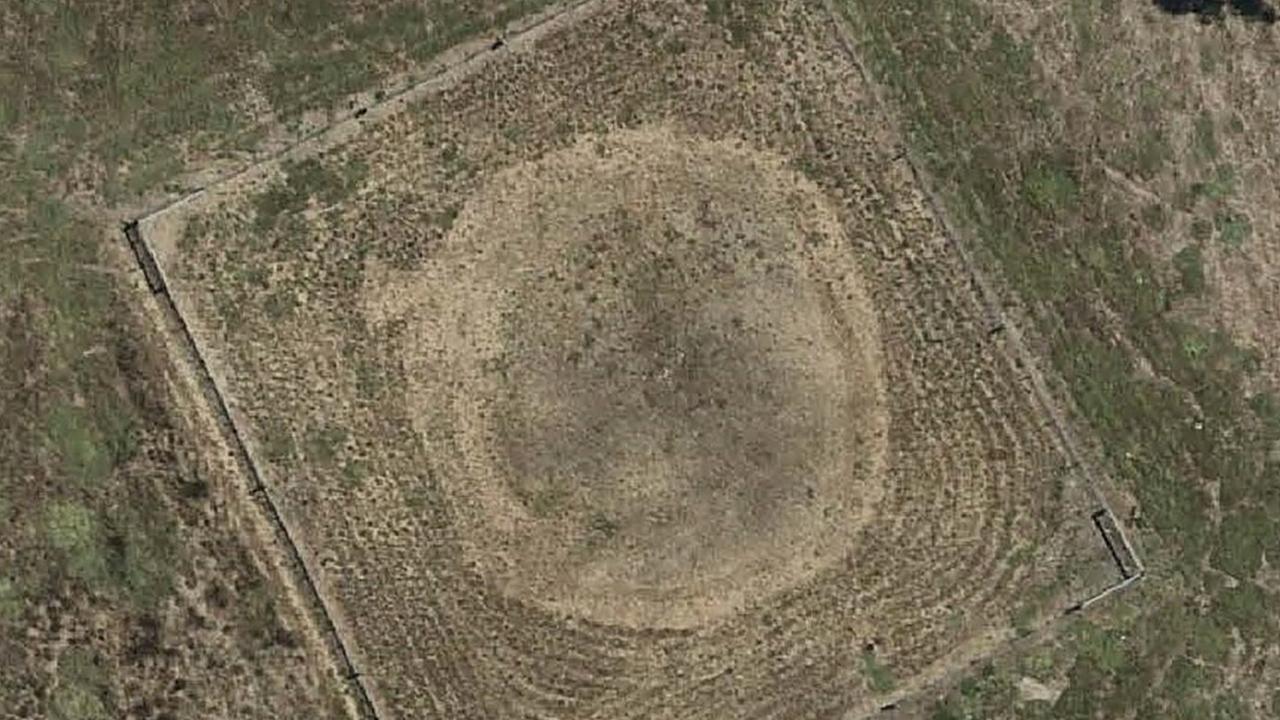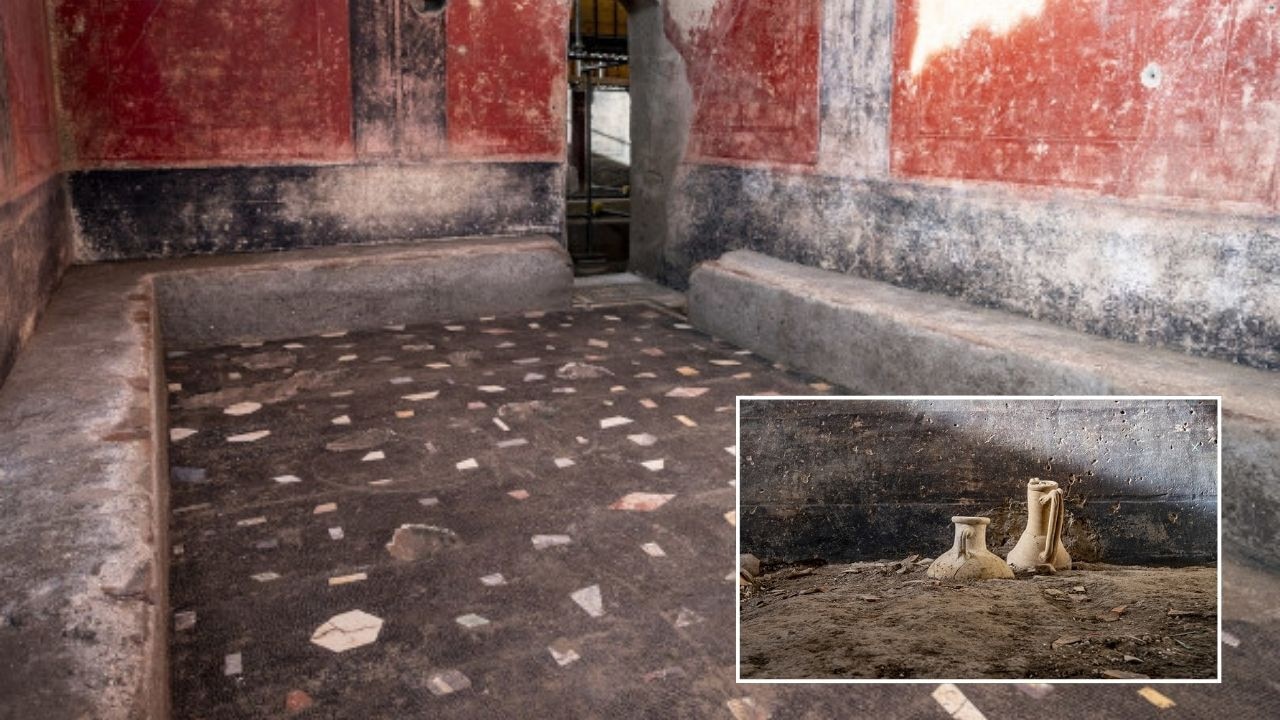Archaeologists zero in on Cook’s Endeavour
AFTER an epic 25-year search, experts have made a bold claim about remains they believe belong to the famous HMS Endeavour.
AUSTRALIAN and US archaeologists now officially believe they may have found Captain James Cook’s HMS Endeavour, but it could take four months to ascertain whether this is correct.
That’s because they have to test wood taken from a wreck found at the bottom of a harbour on America’s east coast after an epic 25 year search.
The massive archaeological study of transport ships deliberately sunk by the British in Newport Harbour, Rhode Island, in 1778 during the American War of Independence has led to a wreck that fits the dimensions of the Endeavour.
“I think we can say with a great deal of confidence, based on everyone we’ve heard today that this is the resting place of the Endeavour here in Newport Harbor,” said Australia’s Consul General in New York, Alistair Walton today.
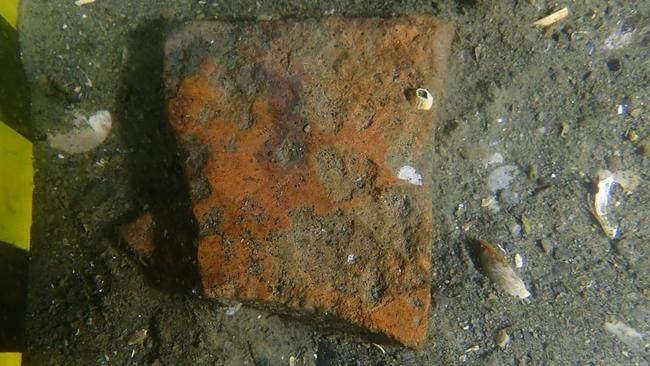
Searchers worked through a process of elimination from 13 ships known to lie at the bottom of the harbour off Goat Island, Newport, down to a final potential two wrecks.
They know the Endeavour was the largest of the scuttled ships, and 3D imaging had revealed one that fit its specifications.
“We are down to just one site”, RIMAP director Kathy Abbass said.
Mr Walton added: “When you have eliminated it down to one, with the evidence that we’ve seen, I think I am very convinced that we have her.”
The event was attended by several dozen people including researchers, Royal Australian Navy Commander Doug Theobold and Peter Dexter from the Australian National Maritime Museum, who described the finding as of huge cultural and historic significance.
“There’s obviously this great link with the UK and Australia, and America and Australia separately, but the thought that we would actually find the Endeavour in a harbour in the United States, and part of the revolutionary war, is incredible,” Mr Walton said.
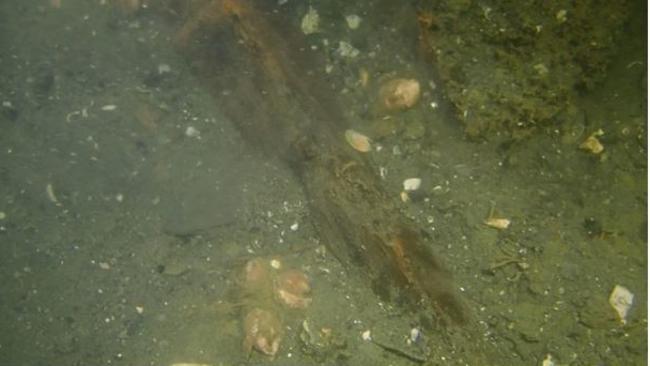
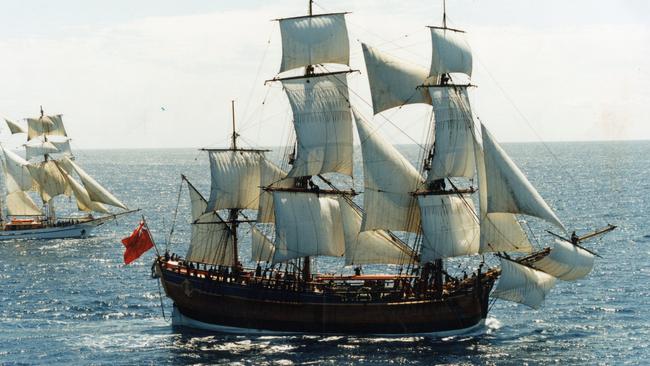
But marine archaeologist Dr James Hunter from ANMM said it could be another year until testing confirms the identity of the wreck, after which the delicate process of possibly excavating parts would begin.
“We have our timber samples and data that we have recovered, we will have to go through that and assess that and all those little disparate parts are going to give just a much bigger picture and tell us whether we got Endeavour or not,” he said.
“If we have Endeavour, well, ideally it will be great to come back and do additional work. Excavations would be great but that takes a lot longer than if we were to leave it there.”
He said he wasn’t yet convinced the hunt was over, despite headlines earlier this week that the ship was confirmed.
“When I say those headlines I was a bit caught off guard, I thought well, is it now?” he said.
“It’s tough because being an archaeologist, I like facts, I like certainty. But this feels good. I just don’t think I will be able to say it until I see the data.”
Research boat operator and archaeologist Greg deAscentias has been diving the wrecks in Newport Harbour for more than 20 years, and he described the trying conditions, including sub-freezing water in winter and many days where visibility is less than a metre.
He said it was a thrill to be possibly be part of a discovery involving “one of the greatest explorers of all time”.
“For me the work is all about finding something new and unknown, the discovery part of it, and helping to open it up to the world,” he said.
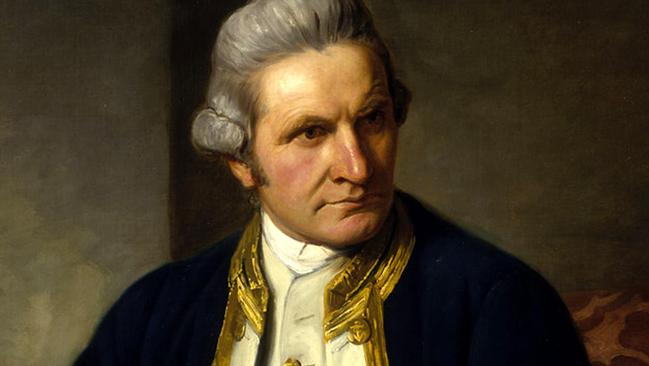
The Endeavour, through its lifetime, was used for different purposes. After Captain Cook took it on his historic voyage to Australia and the South Pacific from 1768 to 1771, it was refitted into a transportation vessel.
It was then renamed the Lord Sandwich and in 1775 was used to take German mercenaries to Newport and New York before its final refit into a prison ship.
Divers on Thursday carefully took four samples from the potential Endeavour.
Three will be delivered to separate laboratories around the world, with one location possibly Australia, to confirm if it is timber grown in the north of England in the early part of the 18th century.
That would match the timber used for the Endeavour.
The other sample would be stored and archived.
Other key indicators it is the Endeavour will be if the shipwreck is a 360 tonne vessel and if it was a prison ship.
“What will ultimately determine which of the ships is Endeavour is if we are lucky enough to do an excavation that finds evidence that it was used as a prison hulk,” Australian National Maritime Museum director Kevin Sumption told AAP.
“That will be the definitive evidence really.”
The incredible findings come as rumours swirl over what actually happened to Captain Cook, including a story that Hawaiian cannibals ate him.
Hawaiian tribesmen removed Cook’s body from the beach, disembowelled it and baked it — which were the traditional mortuary rites performed by the indigenous Polynesians on Hawaii Island for those of high status.
— with Candace Sutton

